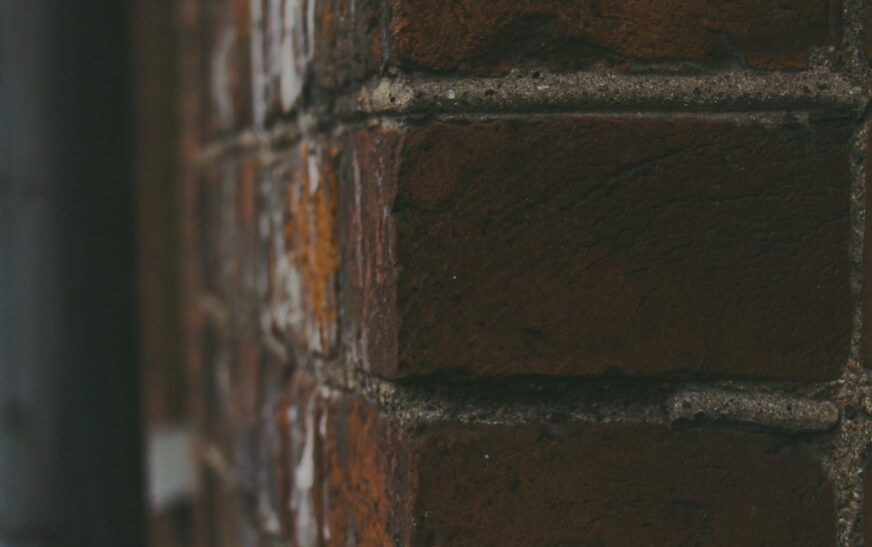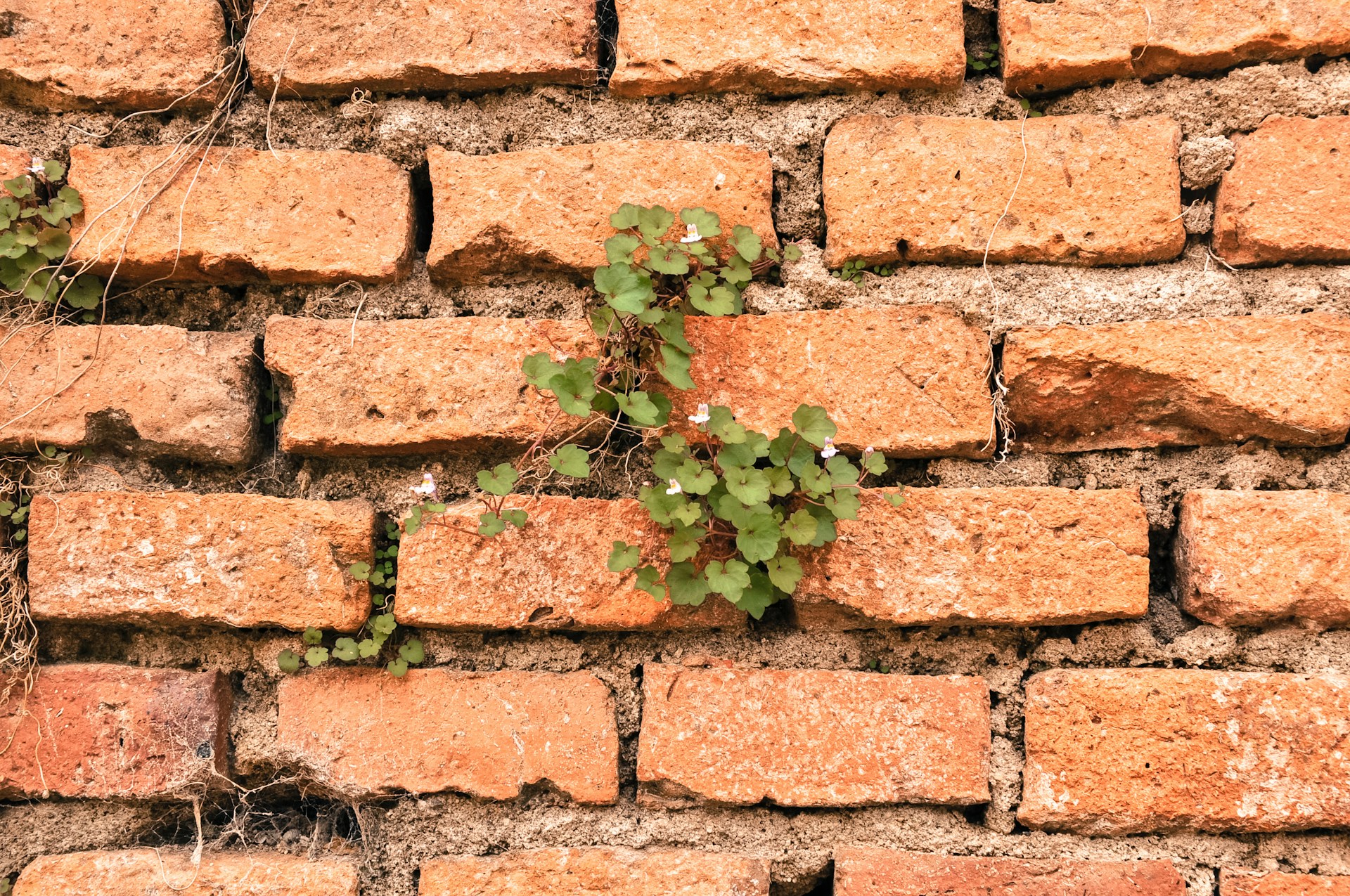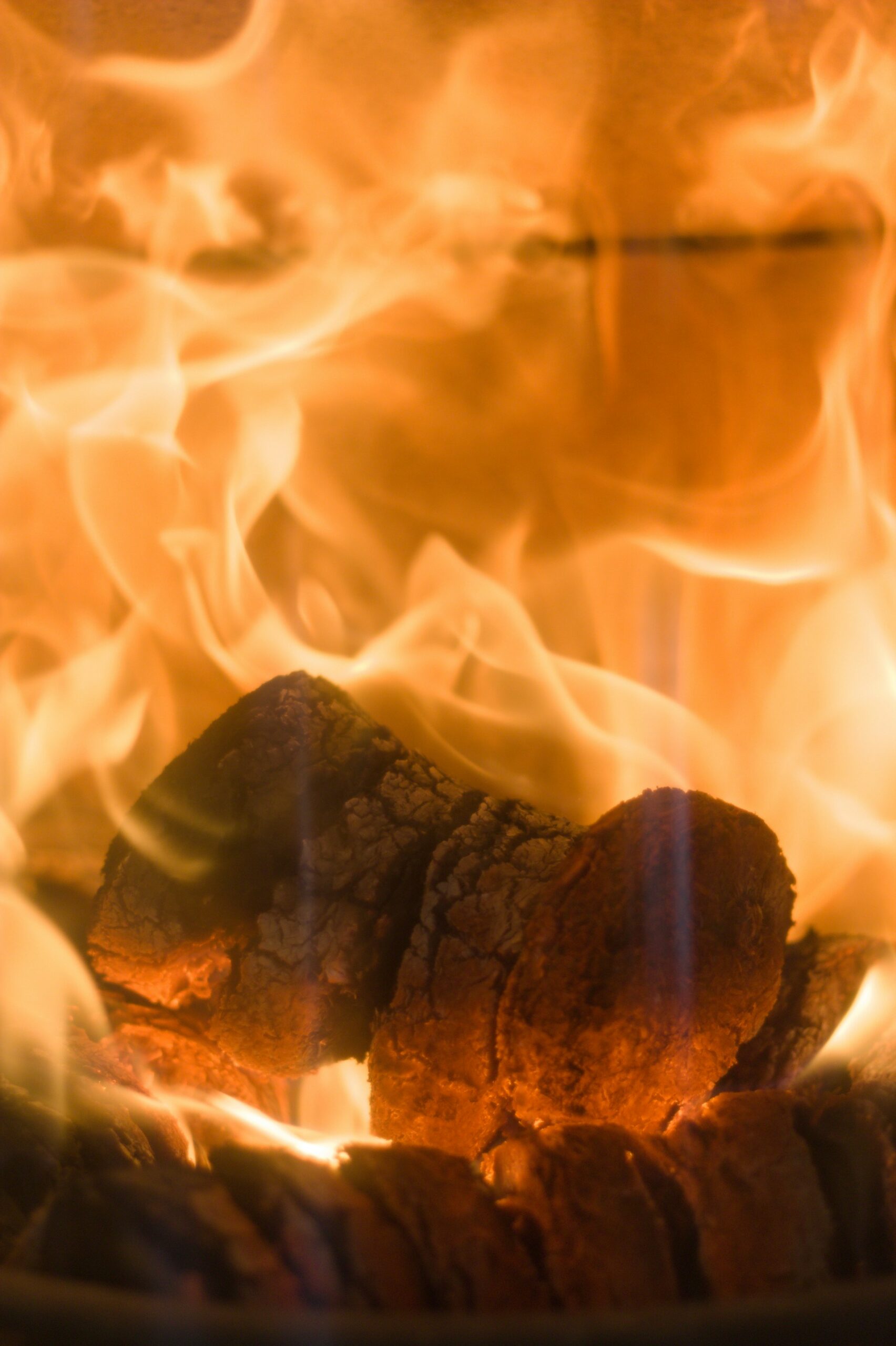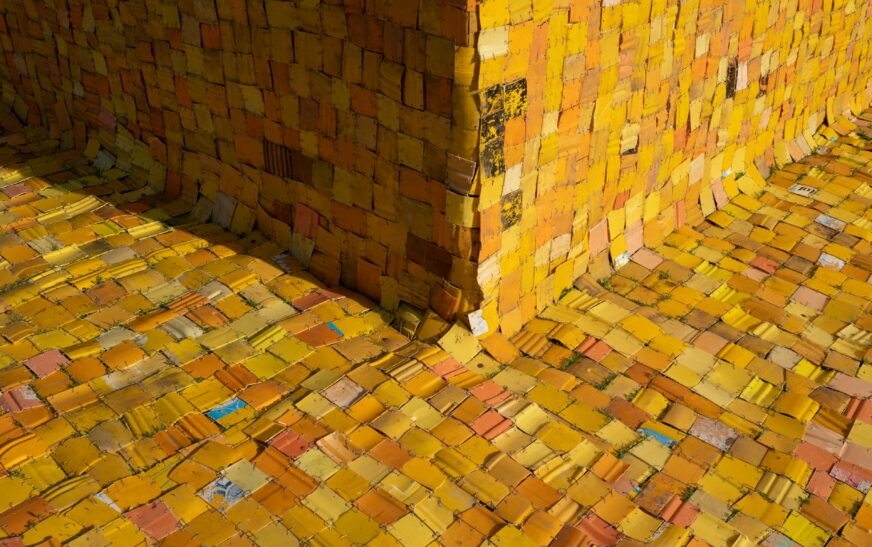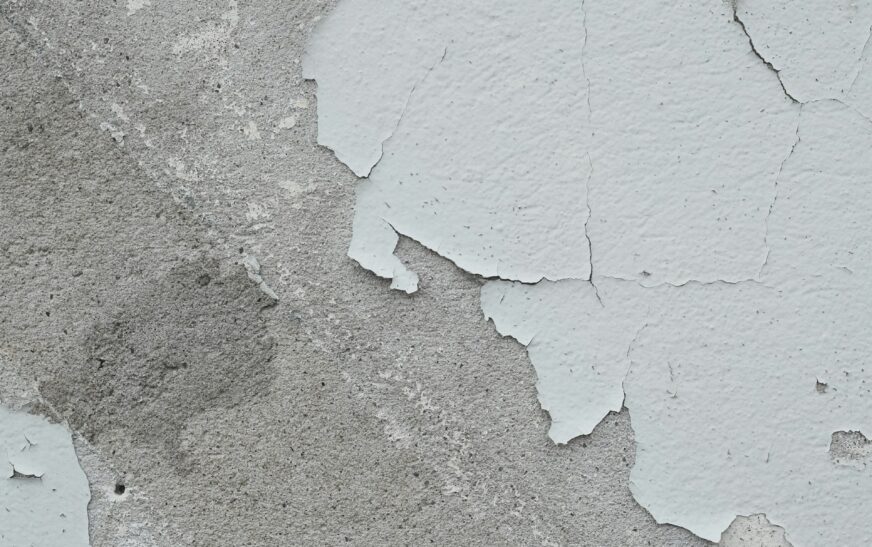A Practical Guide to Refinishing One of Your Home’s Most Textured Features
Brick adds character. It’s rustic, raw, and inherently architectural. But what happens when that old red wall starts feeling more dingy than dramatic? You might find yourself asking: how do you paint interior brick walls without compromising their charm—or creating a maintenance nightmare?
how do you paint interior brick walls
The answer isn’t just “slap on a coat of paint.” It’s a layered process—literally and figuratively—that requires careful planning, thoughtful execution, and the right materials. Done wrong, it flakes. Done right, it transforms.
Let’s break it down.
1. Know What You’re Working With: Brick Is Not Like Drywall
Brick is porous. It soaks up moisture and paint like a sponge. And because it’s textured and uneven, it requires different tools, techniques, and patience.
Before anything touches the surface, you need to understand its condition:
- Is the brick painted already?
- Is the mortar crumbling?
- Is it dusty, oily, or discolored?
These factors dictate how well the paint will adhere—and how long it will last.
2. Cleaning Is Not Optional—It’s Foundational
Dust, soot, old efflorescence—interior brick accumulates debris over time, especially in areas like kitchens and fireplaces. Painting over dirt doesn’t seal it; it traps it. And that means peeling or bubbling later.
To clean:
- Use a stiff-bristle brush to remove loose dirt.
- For stubborn grime, a mixture of warm water and mild detergent usually works.
- Avoid harsh acids or bleach indoors unless professionally advised.
Let the brick dry completely—ideally 24 hours. Rushing this step leads to trapped moisture, which leads to failure.
3. Prime Like You Mean It
Here’s where many DIYers cut corners. Don’t. A high-quality masonry primer is crucial. It seals the porous surface, improves adhesion, and prevents uneven paint absorption.
Apply with a roller for coverage, then go back with a brush to reach grooves and mortar lines. It’s a slow process—but skipping it guarantees regret.
4. Choose the Right Paint (and Finish)
Now that you’ve prepped and primed, what kind of paint should you use?
- Use an interior acrylic latex paint—ideally one labeled for masonry or brick.
- Flat or eggshell finishes create a softer, more authentic look.
- Satin or semi-gloss may offer easier cleaning in high-traffic or kitchen areas but can highlight imperfections.
Apply at least two coats. Use a roller for the broad face of the bricks and a brush to cut into the joints.
And remember—because brick is absorbent, your first coat will soak in more than you expect. Don’t panic. The second coat is where the magic happens.
5. Don’t Skip the Details
After painting, inspect carefully. Brick hides flaws until the last minute:
- Touch up missed mortar joints.
- Check corners and edges.
- Re-cut lines where walls meet ceilings or trim for a polished finish.
If the wall is part of a fireplace or near heat sources, confirm that your paint is heat-resistant if needed.
Read More : Can You Paint Landscape Bricks?
Final Thoughts: How Do You Paint Interior Brick Walls the Right Way?
It’s not hard—but it’s not quick, either. Painting interior brick walls is a balance between artistry and preparation. You’re dealing with a surface that’s stubborn, thirsty, and full of personality. But that’s also what makes the end result so satisfying.
So, how do you paint interior brick walls? By respecting the material, preparing thoroughly, and painting with purpose. When you do, the result is more than just color—it’s a statement.

